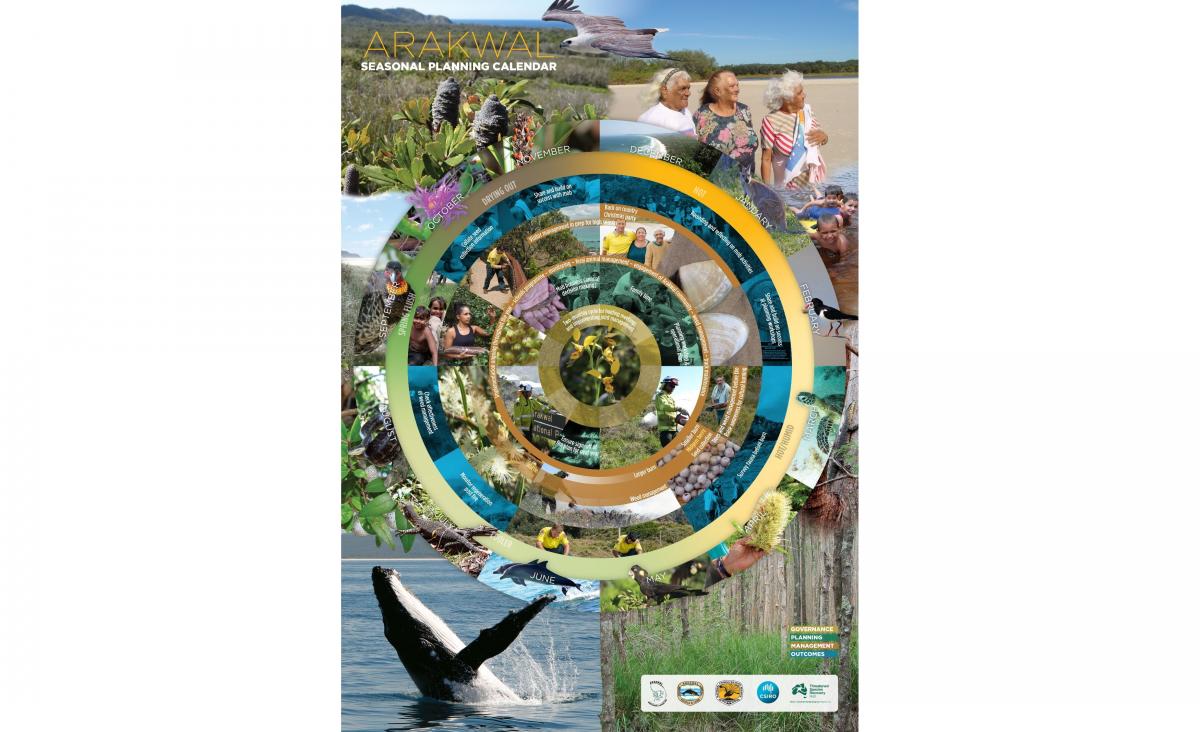Defying the fires, once again three Australian protected areas are among the world’s best managed
At the end of a devastating season of fire for many of the country’s protected and conserved areas, IUCN Green List status was renewed for Australia's:
1. Arakwal National Park
2. Cape Byron State Conservation Area
3. Montague Island Nature Reserve.

Cape Byron, NSW National Parks and Wildlife Service
Photo: NSW National Parks and Wildlife Service
The three protected areas successfully completed renewal of their IUCN Green List status, first achieved at the World Parks Congress in Sydney in 2014. Each have unique management aspects, but each have met the many criteria required for Green Listing - again.
Arakwal and Cape Byron
Arakwal National Park (NP) and Cape Byron State Conservation Area (SCA) are located on the easternmost point of Australia near the busy tourist town of Byron Bay. Despite their small size (298 ha combined), the two parks support high biodiversity and tourism.
The Arakwal people are recognised as native title holders and manage these two reserves jointly with the NSW National Parks and Wildlife Service, under an Indigenous Land Use Agreement. The Arakwal people maintain very strong cultural associations with the landscape, plants, animals and waterways.
Some species and habitats are found nowhere else in the world. Two of these, the Byron Bay Graminoid Clay Heath and the Byron Bay orchid are protected and being restored using a cross-cultural conservation planning approach.
In addition, Cape Byron SCA is an internationally renowned tourist destination that receives 2 million visitors per year. All funding generated is directed back to the management of the site.
Montague Island
Montague Island is a small island (82 ha) located just offshore on the south coast of New South Wales. The island is an iconic feature of the region, supports abundant wildlife, is a place of significant natural, Aboriginal and historic heritage value, and a popular destination for visitors.
The island supports a unique assemblage of nine seabird species from as far away as the Arctic, New Zealand and the Southern Ocean that breed on the island - a successful result of the Seabird Habitat Restoration Program (2004-2014).
Montague Island is one of the few places in the world where visitors can enjoy a unique wildlife experience that includes thousands of breeding seabirds, penguins and fur seals and visit a well-preserved 19th century light station with keeper’s cottages.
Still meeting Green List standards
Having been pilot sites when the Green List was launched in 2014, even now, five years after their initial listing, these sites continue to show consistent leadership, exemplary management effectiveness, and fair governance.
The IUCN Green List Committee met on the 16th of December 2019 and announced their approval for the sites to be listed for their second time among the Green Listed sites.
“As some of the first parks in the world to achieve IUCN Green List status in the pilot phase, this renewal demonstrates their continued dedication to conservation leadership and sharing it with the global Green List community. We congratulate these remarkable parks and the park staff and supporting communities and stakeholders that have enabled this outstanding distinction.”
Trevor Sandwith, Director, IUCN Global Protected Areas Programme
Sites on the IUCN Green List have demonstrated excellence based on a rigorous assessment of 17 criteria of success in four areas: governance, management, design and planning, and conservation outcomes.
The IUCN Green List measures the effectiveness of protected areas, rewards the best sites and provides an incentive for sites around the world to improve their management. Green listed sites are certified as being effectively managed and fairly governed, with a positive impact on people and nature.



